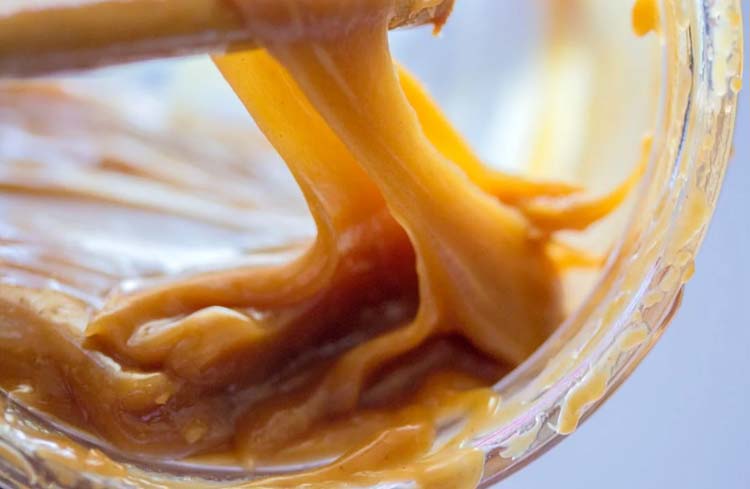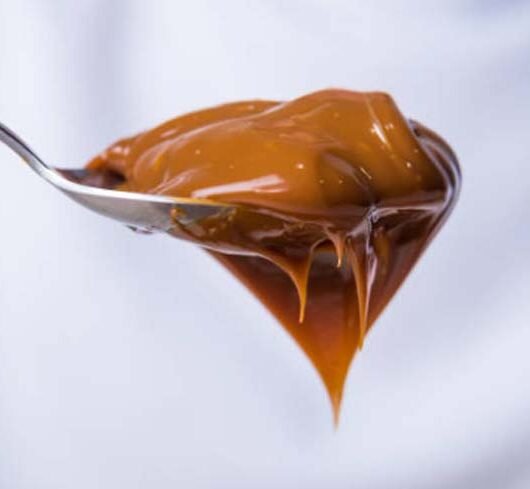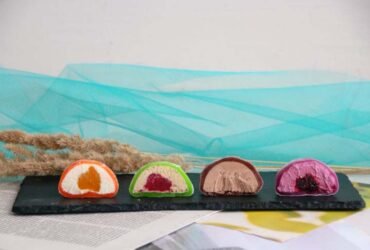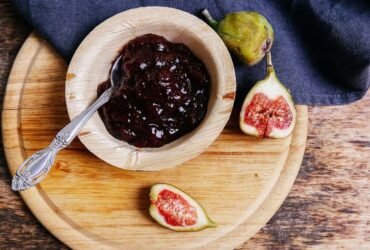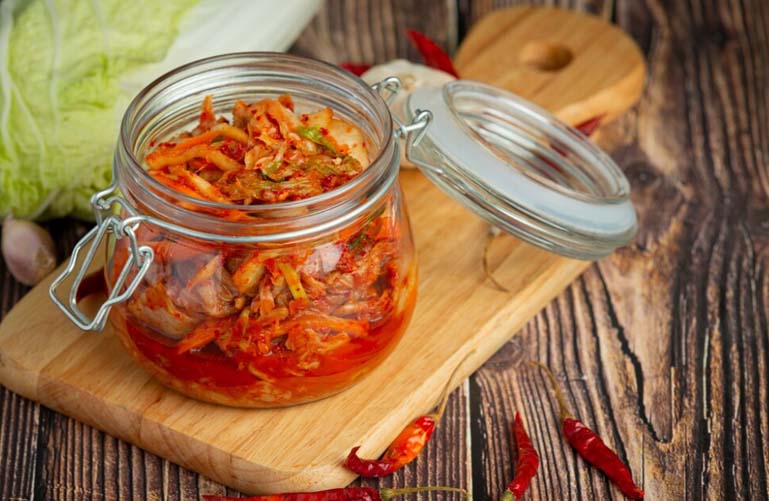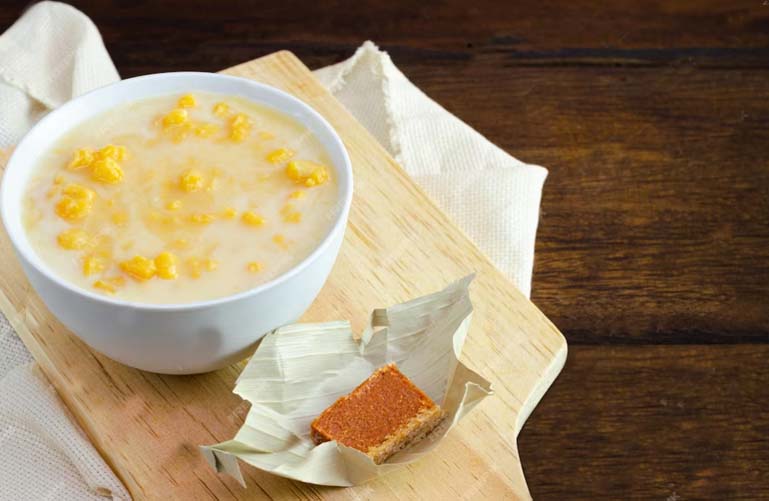Adéntrate en una experiencia culinaria única y envolvente con esta receta de dulce de leche que desafía los límites de lo convencional. Inspirada en la tradición pero impulsada por la innovación, este viaje gastronómico te llevará a explorar nuevos horizontes de sabor y textura. Partiendo de una base clásica de leche entera y azúcar, te invito a explorar un mundo de posibilidades al incorporar generosamente el exótico aroma del coco rallado y la indulgencia del chocolate semiamargo.
La dulce fragancia de la canela se mezcla armoniosamente con la riqueza del coco y el inconfundible sabor del chocolate, creando una sinfonía de sabores que deleitará tus papilas gustativas y despertará tus sentidos. El resultado es un dulce de leche sublime y seductor, perfecto para untar sobre galletas recién horneadas, rellenar crujientes tartas o simplemente disfrutar en su forma más pura, a cucharadas. Haz de este exquisito manjar casero el centro de atención en tus reuniones con amigos y familiares, o date el gusto de un momento de indulgencia personal con esta versión gourmet de un clásico irresistible que te transportará a un universo de placer culinario sin igual.
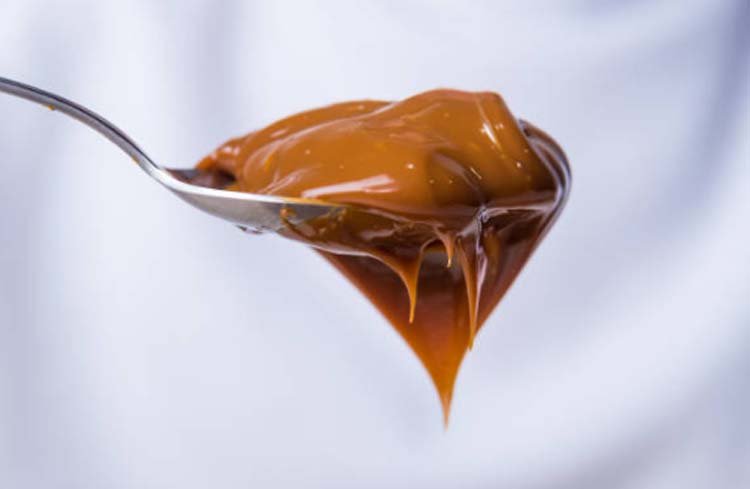
Caramel Souce and health
Caramel Souce: A gastronomic delight and its relationship with health
In the vast palette of flavors that gastronomy offers, Caramel Souce occupies a prominent place. This delicacy, appreciated around the world, is more than a simple accompaniment; it is a link to tradition, indulgence and sometimes even nostalgia. However, as we indulge in the pleasure of its seductive flavor, the inevitable question arises about its impact on our health.
The classic dulce de leche recipe is primarily made up of milk and sugar, two ingredients that, in excess, can pose health concerns. Milk, rich in calcium and protein, is an important source of essential nutrients. However, its high saturated fat content may be a cause for concern for those looking to maintain a healthy lifestyle. On the other hand, sugar, although it provides instant energy, can contribute to weight gain and the development of chronic diseases if consumed in excess.
At this crossroads between gastronomic pleasure and health concerns, an opportunity for culinary innovation arises. Is it possible to enjoy dulce de leche without sacrificing our well-being? The answer lies in moderation and conscious ingredient choices.
In the proposed recipe, the caramel souce is enriched with the addition of grated coconut and semisweet chocolate. These ingredients not only add exceptional flavor, but also provide nutritional benefits. Rich in healthy fats and dietary fiber, shredded coconut can help maintain satiety and improve digestion. For its part, semisweet chocolate, with its high cocoa content, is a source of antioxidants that can promote cardiovascular and brain health.
Furthermore, when preparing caramel douce at home, we have complete control over the ingredients and their quantity. We can opt for low-fat milk, sugar substitutes or alternative cooking techniques to reduce the calorie content and improve the nutritional quality of the final product.
Ultimately caramel souce doesn't have to be an occasional indulgence, but rather a conscious pleasure enjoyed in moderation and balance. With the right combination of ingredients and culinary techniques, we can transform this classic dessert into a healthy option that does not compromise our well-being. Thus, we can delight in its exquisite flavor without neglecting our health and well-being goals.
History of Caramel Souce
The history of caramel souce is fascinating and full of cultural nuances and disputes over its origin. While it is difficult to pinpoint an exact date of its invention, it is believed that this delicious delicacy has its roots in Latin America, specifically Argentina and Uruguay.
One of the most popular legends about the origin of dulce de leche dates back to the 19th century in Argentina, during the colonial era. According to legend, a distracted maid forgot to stir a pot of milk and sugar on the stove, and when she returned, she found that the mixture had transformed into a thick, sweet substance. This coincidence gave rise to dulce de leche, which quickly became popular in the region and became a symbol of Argentine and Uruguayan cuisine.
Another theory holds that dulce de leche has its roots in the gaucho culture of Argentina and Uruguay. During their long days on the pampas, the gauchos carried milk and sugar, which they combined and cooked slowly over the camp fire to obtain a dense, sweet substance that provided them with energy and satisfied their cravings.
Regardless of its exact origin, dulce de leche has become a fundamental element of Latin American gastronomy. It is consumed in various ways: as a filling for desserts, topping cakes, filling for alfajores, or simply spread on cookies or bread. Its popularity has spread beyond Latin America, becoming appreciated throughout the world as an irresistible delicacy.
Over the years, dulce de leche has evolved and adapted to different cultures and culinary preferences. Variations have been created with additional ingredients such as coconut, chocolate, nuts or fruits, adding new dimensions of flavor and texture to this classic sweet. No matter how it is prepared, dulce de leche remains a symbol of indulgence and a reminder of Latin America's rich culinary heritage.
Maybe you might like: The importance of proteins in our diet
Image credit: Freepiks


